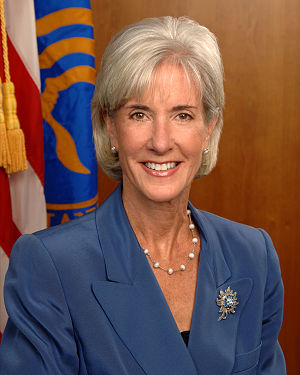Twenty-six year old history majors are protesting on Wall Street, the influence of the wealthy is decried, lobbyists are bedeviled and yet when a politician even thinks of trying to fix problems that were caused by the promises of past politicians and the actions of us all, they are targeted and threatened with unemployment.
We are shocked at influence peddlers for one group and then do exactly the same thing in the name of seniors, or teachers or public employees. The answer is not that one group of the other is bad or good, deserving or not, it is that we are unable to grasp the concept that everything we do is connected. There are consequences, unintended or not, to the promises we make, the policies we establish, the money we borrow, the decisions we make.
In the quest to deal with the deficit, both Medicare and Social Security must be addressed. They are the two largest components of federal spending and growing. To ignore that is irresponsible and yet we have groups like the AARP and the unions listed below who choose to ignore the realities of our spending and inability to fulfill unrealistic promises. You simply cannot look at one element of spending in isolation and expect to solve a spending problem as desirable as that spending may be.
Take a look at this report from Capsules the KHN Blog
TV Spots Target Three Republicans On Medicare Cuts
By Karl Eisenhower
November 16th, 2011, 4:16 PM
The AFSCME and SEIU trade unions, along with the liberal advocacy group Americans United for Change, are warning Sen. Dean Heller, R-Nev., Sen. Scott Brown, R-Mass. and Rep. Denny Rehberg, R-Mont., that votes in favor of Medicare and Medicaid budget cuts will be unpopular with seniors.
The groups launched ads today featuring the voice of a woman who sounds as though she’s old enough to be eligible for Medicare. The script of each version is the same, with only the name of the targeted member of Congress changing. Heller and Brown are seeking reelection, and Rehberg is running for the Senate against Democratic incumbent Jon Tester.
The ad targeting Sen. Brown, embedded below, is running only in the Boston market, and only on cable television. The Heller ad is running on broadcast stations in Reno, and the Rehberg ad is running on broadcast stations in Billings and Missoula. All three spots will run through the end of this week.
A transcript follows:
If you vote to cut Medicare, Sen. Brown, I will remember it every time I visit my doctor. I’ll remember you cut Medicare and Medicaid every time I fill a prescription. I’ll remember you cut Medicare if I fall or get hurt. I’ll remember you chose protecting millionaires over protecting my health. My friends will remember it too –- all of them. Call Senator Heller. Tell him to protect Medicare and Medicaid.
Here is a quote from the Americans United for Change website:
For decades, seniors have relied on Medicare being a guaranteed benefit and those less fortunate have depended on Medicaid to provide long-term care and coverage for children. These programs need to be strengthened to ensure they remain available for future generations, which means not gutting and decimating benefits, leaving low-income children, seniors, and people with disabilities out in the cold. The key to making Medicare sustainable is reining in costs, not dumping more expenses onto seniors. We are working to set the right priorities for an economically secure future while continuing to protect health care coverage for those who can least afford it.
They are right, the key to making Medicare sustainable is reining in costs. Ok, now just tell us how or more important, who will receive less when those costs are reined in? Here is a check list of possibilities:
[] doctors [] hospitals [] drug companies [] patients [] high-tech equipment manufacturers [] nursing homes
The Affordable Care Act already claims to have saved over $400 billion in Medicare costs, plus raising an additional $100 billion plus from new taxes on the wealthy and employers. The Act contains 160 programs and projects designed to lower costs over time and all this is still not enough. Doctors are supposed to see their payments cut 27% in January 2012, but that will never happen.
So, let’s have suggestions for “reining in costs!”
Related articles
- Outside groups begin ad assault (politico.com)
- Medicare physician fees to be cut by 27%. . . or not. Is this the first unworkable law Congress ever passed? (quinnscommentary.com)
- Cutting Medicare and Social Security benefits: senior citizens do not have a right to special treatment. AARP is doing America a great disservice. (quinnscommentary.com)
- Problems Persist With Contractors Paid To Ferret Out Medicare Fraud (huffingtonpost.com)








Recent Comments